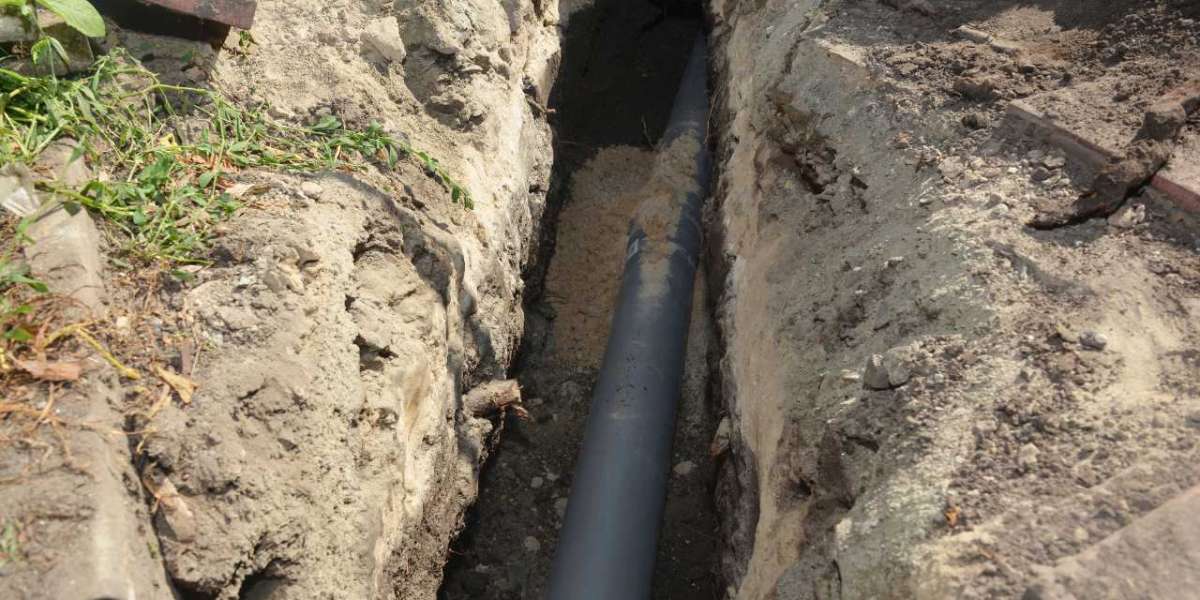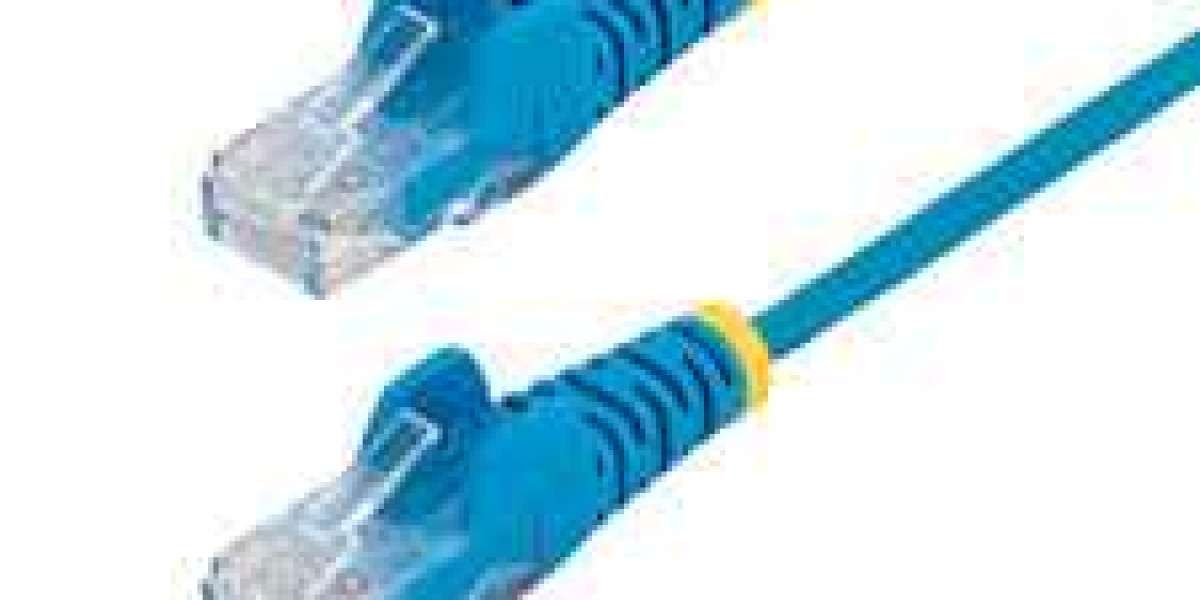Sewer line problems used to mean one thing — digging up your yard. Traditional repair methods often involved days of excavation, heavy equipment, and costly landscape restoration. But thanks to modern technology, trenchless sewer repair has changed everything.
Today, companies like Nuflow DFW use advanced techniques to fix or replace damaged pipes without extensive digging. These methods save time, reduce costs, and protect your property from unnecessary destruction.
But what exactly are the most common trenchless sewer operations? In this blog, we’ll explore the two primary trenchless pipe repair methods — CIPP (Cured-in-Place Pipe) Lining and Pipe Bursting. You’ll learn how they work, their advantages, and why nuflow dfw is the go-to expert for both.
What Is Trenchless Sewer Repair?
Before diving into the two main operations, let’s quickly explain what trenchless sewer repair is.
It’s a no-dig plumbing solution that repairs or replaces underground pipes using modern equipment and materials. Instead of digging large trenches, technicians access the damaged pipe through small entry points.
This approach is:
Faster than traditional methods
Environmentally friendly
Less disruptive to landscaping and driveways
Long-lasting and cost-effective
Companies like Nuflow DFW specialize in trenchless technology, helping homeowners and businesses restore their plumbing systems efficiently.
The Two Most Common Trenchless Sewer Operations
When it comes to repairing or replacing underground sewer lines without excavation, two methods dominate the industry:
Cured-in-Place Pipe (CIPP) Lining
Pipe Bursting
Both have unique advantages depending on the extent of the pipe damage, type of material, and location of the line.
Let’s break them down one by one.
1. Cured-in-Place Pipe (CIPP) Lining
CIPP lining is one of the most widely used trenchless repair techniques — and for good reason. It’s efficient, durable, and can restore aging or damaged pipes without removing the old one.
How It Works
The process involves inserting a flexible liner, saturated with resin, into the existing pipe. Once in place, the liner is inflated and cured (hardened) using hot water, steam, or UV light.
As the liner cures, it bonds to the inner walls of the old pipe, forming a new, seamless pipe within the existing one. This new pipe is smooth, jointless, and resistant to corrosion, root intrusion, and leaks.
Nuflow DFW uses high-quality epoxy resins designed to withstand decades of use, making CIPP one of the most durable trenchless pipe repair options available.
Advantages of CIPP Lining
No Excavation Needed: Only small access points are required.
Quick Installation: Most projects are completed in just a day or two.
Long Lifespan: Can last 50 years or more when properly installed.
Improved Flow: The new liner provides a smoother surface, improving water flow.
Root and Leak Resistant: Creates a sealed, jointless pipe that prevents future damage.
Best Applications
CIPP lining works best for pipes that are:
Structurally stable but cracked or corroded
Leaking due to small fractures
Affected by root intrusion
Difficult to access with traditional digging
It’s ideal for residential, commercial, and municipal systems, making it one of Nuflow DFW’s most requested services.
2. Pipe Bursting
The second most common trenchless sewer operation is pipe bursting. Unlike CIPP, which creates a new pipe inside the old one, pipe bursting completely replaces the existing pipe.
How It Works
A bursting head (a cone-shaped tool) is pulled through the old pipe using hydraulic power. As it moves forward, it breaks apart the old pipe and simultaneously pulls a new pipe—usually made of high-density polyethylene (HDPE)—into its place.
This process is efficient and doesn’t require open trenching. It’s perfect for severely damaged pipes that can’t be relined.
Nuflow DFW uses advanced pipe bursting technology to install long-lasting HDPE pipes that resist corrosion, pressure, and soil movement.
Advantages of Pipe Bursting
Full Replacement: Ideal for pipes that are collapsed or too damaged for relining.
Durable Material: HDPE pipes can last up to 100 years.
No Major Digging: Requires only two small access pits.
Increased Diameter: New pipes can sometimes be slightly larger, improving flow capacity.
Environmentally Safe: Reduces waste by leaving old pipe fragments in place underground.
Best Applications
Pipe bursting is best for:
Severely collapsed or crushed pipes
Clay, cast iron, or Orangeburg pipes beyond repair
Situations where increasing pipe size is beneficial
Older properties with corroded or brittle sewer lines
When Nuflow DFW performs pipe bursting, their team ensures precision and safety, avoiding damage to nearby utilities or structures.
Comparing CIPP Lining and Pipe Bursting
| Feature | CIPP Lining | Pipe Bursting |
|---|---|---|
| Purpose | Restores the inside of existing pipe | Replaces the old pipe entirely |
| Excavation Needed | Minimal | Minimal |
| Ideal For | Structurally sound but leaking pipes | Collapsed or severely damaged pipes |
| Installation Time | 1–2 days | 2–3 days |
| Pipe Lifespan | 50+ years | 75–100 years |
| Material Used | Epoxy resin liner | HDPE or PVC pipe |
| Cost Efficiency | High | High (slightly higher for full replacement) |
Both methods are incredibly effective, but the best choice depends on your pipe’s condition. Nuflow DFW typically begins with a sewer camera inspection to determine which approach will deliver the best results.
Benefits of Trenchless Sewer Operations
Whether you choose CIPP lining or pipe bursting, both trenchless techniques offer major advantages over traditional digging methods.
1. Less Property Damage:
No need to tear up lawns, driveways, or landscaping.
2. Faster Completion:
Most jobs are done within one or two days.
3. Long-Term Savings:
Minimal restoration costs and reduced future repairs.
4. Environmentally Friendly:
Less waste and disruption to soil and ecosystems.
5. Long-Lasting Results:
New or relined pipes can last several decades with proper maintenance.
With Nuflow DFW, homeowners get the benefit of both advanced technology and professional expertise.
Why Choose Nuflow DFW for Trenchless Pipe Repair
In the Dallas–Fort Worth area, Nuflow DFW is a trusted leader in trenchless sewer repair. Their skilled team specializes in CIPP lining and pipe bursting, using the latest equipment to ensure flawless results.
Here’s why customers trust Nuflow DFW:
Experienced in residential and commercial sewer projects.
Uses premium-grade epoxy and HDPE materials.
Provides video inspections to identify exact pipe issues.
Offers transparent pricing with no hidden costs.
Focuses on long-term durability and customer satisfaction.
Whether you’re dealing with minor leaks or a collapsed line, Nuflow DFW has the tools and expertise to restore your system efficiently.
Final Thoughts
So, what are the two most common trenchless sewer operations? The answer is clear — CIPP lining and pipe bursting. Both are efficient, reliable, and designed to eliminate the mess of traditional digging.
If your sewer system is showing signs of trouble — like slow drains, foul odors, or recurring clogs — it’s time to consider trenchless pipe repair. With Nuflow DFW, you’ll get professional service, advanced technology, and lasting results without the destruction.








